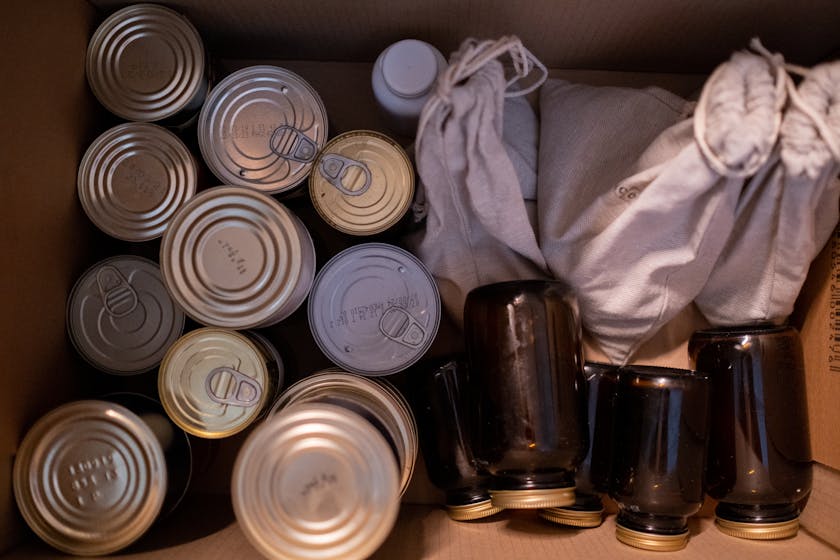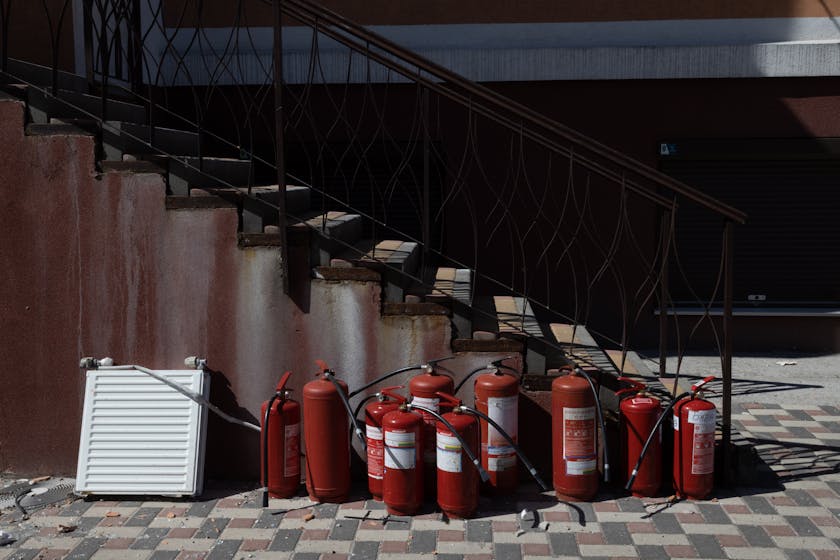When considering bulk meal storage for emergency preparedness, it’s essential to understand the best methods for storing food in large quantities. In this comprehensive how-to guide, we will walk you through the steps to ensure your emergency food supply is safe, nutritious, and long-lasting.
Understanding the Basics of Bulk Meal Storage
Before diving into the nitty-gritty of bulk meal storage, it’s vital to grasp the fundamental principles that will keep your food supply in top condition. These include understanding the importance of temperature control, moisture reduction, and pest prevention.
Selecting the Right Food Items for Bulk Storage
Choosing the correct types of food is crucial for your emergency stash. Opt for non-perishable items such as rice, beans, lentils, and dried pasta. These staples can last for years when stored correctly and provide a solid nutritional base. Additionally, consider freeze-dried fruits and vegetables, as well as powdered milk and eggs for added variety and essential nutrients.
Proper Packaging is Key
To protect your food from contaminants and extend its shelf life, use airtight containers such as Mylar bags with oxygen absorbers. Vacuum-sealing can also be effective, especially for items you might use in smaller portions. Large, food-grade buckets with gamma lids offer an additional layer of protection for your bulk items.
Temperature and Environment Control
Maintain a cool, dry environment for your food storage. Ideal temperatures range from 50 to 70 degrees Fahrenheit. Excessive heat can spoil food quickly, while too much moisture can lead to mold growth. If possible, store your food in a basement or a dark, temperature-controlled pantry.
Organizing Your Bulk Meal Storage
Organization is not only about convenience; it’s also about food safety and waste prevention. Label each container with the contents and the date of storage. Use a first-in, first-out system to rotate your food supply, ensuring you consume the oldest items first.
Inventory Management
Keep a detailed inventory of what you have stored. This will help you track expiration dates and plan your meals efficiently during an emergency. A spreadsheet or a dedicated app can be a helpful tool in managing your food reserves.
Incorporating Bulk Meals into Your Emergency Plan
Having bulk food storage is one part of emergency preparedness, but knowing how to use it effectively is another. Practice preparing meals using only your stored items to familiarize yourself with cooking from your emergency supply. This will help you identify any gaps in your storage and adjust accordingly.
Long-Term Storage Considerations
For food items that you plan to store for several years, consider additional preservation methods such as canning or dehydrating. These techniques can extend the shelf life of perishable items and diversify your meal options.
Regularly Update and Replenish Your Supplies
As you incorporate bulk meal storage into your emergency preparedness routine, remember to check your supplies periodically. Replace any items that have reached their expiration date and replenish your stock after practice runs or actual emergency situations.
Final Thoughts on Bulk Meal Storage for Emergencies
Building a comprehensive bulk meal storage plan is a proactive approach to ensuring you and your family’s safety during unforeseen events. With the right selection of foods, proper packaging, and organization, you can have peace of mind knowing you are well-prepared for any emergency.




